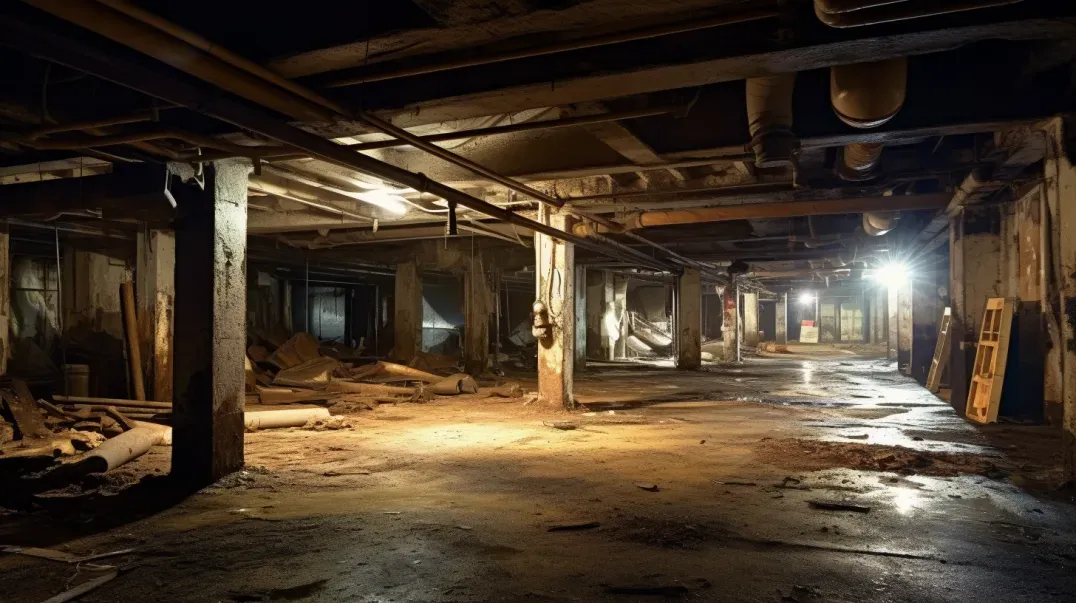In the intricate ecosystem of a home, every element plays a pivotal role in ensuring the structure's integrity and the inhabitants' health. Among these, crawl space ventilation emerges as a silent guardian of your home's well-being, often overlooked yet vitally important. This blog delves into the critical role that proper ventilation plays in maintaining the health of your crawl space, and by extension, the entire home.
Crawl spaces, the hidden underbellies of our homes, are prone to moisture accumulation due to their close proximity to the earth. Without adequate ventilation, this moisture becomes a breeding ground for mold, mildew, and wood rot, compromising the air quality of your living spaces and the structural integrity of your home. Proper ventilation in these spaces is not just a building requirement; it's a necessity for preserving the longevity of your home and ensuring the health of its occupants.
Through a comprehensive exploration, we will uncover how effective ventilation strategies can transform a damp, neglected crawl space into a dry, healthy area. From preventing the proliferation of harmful molds to deterring the invasion of pests and ensuring the durability of your home's foundation, the benefits of maintaining a well-ventilated crawl space are manifold. Join us as we navigate the nuances of crawl space ventilation, offering insights and solutions to elevate the overall well-being of your home.
The Basics of Crawl Space Ventilation
Navigating the complexities of home maintenance, the significance of crawl space ventilation often goes unnoticed. Yet, this fundamental aspect plays a crucial role in preserving the structural integrity of your home and ensuring a healthy living environment. Let's explore the essentials of crawl space ventilation, understand its critical importance, and debunk some of the common myths surrounding it.
Why Ventilation is Key
Crawl spaces, by their very nature, are prone to moisture accumulation due to their proximity to the ground. This moisture, if not properly managed, can lead to a host of problems:
- Mold and Mildew Growth: Moist environments are breeding grounds for mold and mildew, which can compromise air quality and pose health risks to the home's inhabitants.
- Wood Rot: Excessive moisture can weaken the wooden structures that support your home, leading to costly repairs and potential safety hazards.
- Pest Infestation: Damp conditions attract pests such as termites and rodents, which can cause further damage to your home.
Effective ventilation plays a pivotal role in mitigating these risks by allowing air to circulate and moisture to escape, thereby maintaining a dryer and healthier crawl space environment.
Common Ventilation Myths
Despite its importance, there are several myths about crawl space ventilation that can lead homeowners astray. Let's address and debunk some of the most prevalent misconceptions:
- Myth 1: Ventilation Always Reduces Moisture: While ventilation helps in moisture control, it's not a one-size-fits-all solution. In humid climates, ventilation can sometimes introduce more moist air into the crawl space. It's crucial to assess your specific situation and consider additional moisture control measures if necessary.
- Myth 2: Sealing Off Crawl Spaces is Better: Sealing a crawl space can be beneficial in certain scenarios, particularly when combined with a dehumidifier to control moisture. However, completely sealing off a crawl space without proper moisture management can lead to trapped moisture and exacerbate mold growth and wood rot.
- Myth 3: More Ventilation is Always Better: Adding more vents is not always the solution to moisture problems. Effective ventilation is about balance. Too much ventilation, especially in humid areas, can introduce additional moisture. It's important to achieve the right ventilation balance for your specific climate and home structure.
- Myth 4: Crawl Space Ventilation Only Matters in the Summer: Moisture accumulation can occur year-round, not just during the warmer months. It's essential to maintain proper ventilation and moisture control throughout the year to protect your home.
Understanding the basics of crawl space ventilation and dispelling these myths are the first steps toward ensuring the longevity and health of your home. By recognizing the importance of proper ventilation and the truths behind common misconceptions, homeowners can make informed decisions to maintain a safe and healthy living environment.
Assessing Your Crawl Space's Ventilation
Proper ventilation in your crawl space is crucial for maintaining the structural integrity of your home and ensuring a healthy living environment. Over time, however, ventilation systems can become less effective due to various factors, including blockages, damage, or changes in environmental conditions. Recognizing the signs of inadequate ventilation and knowing how to assess your crawl space can help you address issues before they escalate.
Signs of Inadequate Ventilation
The first step in assessing your crawl space's ventilation is to identify potential signs of problems. Common symptoms of inadequate ventilation include:
- Mold Growth: Visible mold or mildew on wood surfaces, insulation, or other crawl space materials is a clear indicator of excessive moisture and poor ventilation.
- Musty Odors: A persistent musty or damp smell emanating from the crawl space is often due to stagnant air and moisture buildup.
- Moisture Accumulation: Signs of water on the crawl space floor, condensation on pipes, or dampness on walls suggest high humidity levels that are not being adequately managed by existing ventilation.
- Increased Humidity in Living Areas: If the upper levels of your home feel more humid, it could be a sign that moisture from the crawl space is affecting the overall indoor air quality.
- Pest Infestations: An increase in pest activity, such as insects or rodents, can also indicate moisture issues related to poor ventilation.
Conducting a Self-Assessment
Performing a self-assessment of your crawl space's ventilation involves several steps:
- Visual Inspection: Safely enter your crawl space with appropriate protective gear. Look for any of the signs mentioned above, paying close attention to mold growth, water damage, and the condition of vents.
- Check Ventilation Points: Ensure that all vents are clear of obstructions, such as debris, insulation, or stored items that could block air flow. Vents should be intact and free from damage.
- Measure Humidity Levels: Use a hygrometer to measure the humidity level within your crawl space. A relative humidity (RH) higher than 60% indicates excessive moisture that needs to be addressed.
- Evaluate Vent Placement and Size: Assess whether the placement and size of the vents are adequate for the size of your crawl space. The general rule of thumb is 1 square foot of vent area for every 150 square feet of crawl space, but this can vary based on local building codes and specific home needs.
- Consider Environmental Factors: Take note of any external factors that could be affecting your crawl space's ventilation, such as landscaping that directs water towards your home or a lack of guttering and downspouts to properly divert rainwater.
If, during your assessment, you identify signs of inadequate ventilation or are unsure about the condition of your crawl space, consulting with a professional can provide you with a more detailed analysis and recommendations for improving ventilation and addressing any moisture-related issues.
Types of Ventilation Systems
Ensuring proper ventilation in your crawl space is crucial for maintaining the health of your home. It prevents moisture buildup, deters mold growth, and helps maintain structural integrity. There are primarily two types of ventilation systems used in crawl spaces: natural ventilation and mechanical ventilation systems. Each has its advantages and applications, depending on the specific needs of your home and the local climate.
Natural Ventilation
Natural ventilation leverages the natural air flow to circulate air through the crawl space, removing stagnant air and moisture without the use of mechanical devices. Here’s how it works and when it might be sufficient:
How It Works: Natural ventilation relies on air vents placed around the crawl space perimeter. These vents allow outside air to flow in and out, utilizing wind and natural temperature differences to facilitate air movement.
When It’s Sufficient: Natural ventilation can be effective in areas with low humidity levels and where the outside air can help keep the crawl space dry. It's most efficient in climates where the outdoor air is not excessively humid and can naturally help to reduce moisture levels inside the crawl space.
Considerations: While cost-effective and environmentally friendly, natural ventilation may not always provide adequate moisture control, especially in regions with high humidity or for homes built close to water bodies. It’s important to assess the local climate and the specific conditions of your home to determine if natural ventilation will be sufficient.
Mechanical Ventilation Systems
For homes where natural ventilation is not enough to control moisture effectively, mechanical ventilation systems offer a more controlled solution. These systems use fans, vents, and sometimes integration with the home's HVAC system to manage crawl space air quality. Here’s a closer look:
- Fans and Vents: Exhaust fans can be installed in the crawl space vents to actively pull moist air out of the space. These fans can be controlled by humidistats, which activate the fans when humidity levels rise above a preset threshold, ensuring moisture is managed effectively.
- HVAC Integration: Some mechanical systems integrate with the home’s HVAC system to condition the air in the crawl space, reducing moisture and improving overall air quality. This approach can be particularly effective but requires careful planning and installation by professionals.
- Benefits: Mechanical ventilation systems offer more precise control over air flow and moisture levels in the crawl space. They can be highly effective in humid climates or in homes where natural ventilation is insufficient to maintain a dry environment.
- Considerations: The installation and operation of mechanical ventilation systems involve higher initial costs and ongoing energy use compared to natural ventilation. However, the investment can be justified by the significant benefits in moisture control and the prevention of mold growth and structural damage.
Choosing the right ventilation system for your crawl space is critical for the long-term health of your home. Whether natural ventilation is sufficient or a mechanical system is necessary will depend on your home’s location, design, and specific environmental conditions. In some cases, a combination of both types of ventilation might be the best approach to ensure a dry, healthy crawl space.
Balancing Humidity and Air Flow
Achieving a balance between humidity and air flow in your crawl space is essential for maintaining the structural integrity of your home and ensuring a healthy living environment. Excessive moisture can lead to mold growth, wood rot, and attract pests, while poor air circulation can create stagnant air pockets that exacerbate these problems. Here’s how you can manage humidity levels and ensure proper air circulation in your crawl space:
Managing Humidity Levels
Controlling humidity is crucial in preventing the conditions that lead to moisture-related issues in crawl spaces. Here are effective strategies for managing humidity levels:
- Use of Vapor Barriers: Installing a vapor barrier on the crawl space floor can significantly reduce moisture evaporation from the ground. A thick, durable plastic sheeting that covers the entire ground surface and extends up the foundation walls can effectively block ground moisture.
- Dehumidifiers: In areas with high humidity, a crawl space dehumidifier can be an invaluable tool for maintaining optimal humidity levels. Choose a dehumidifier with a capacity suitable for the size of your crawl space and consider models with automatic humidity sensors for ease of use.
- Proper Ventilation: Ensure your crawl space has adequate ventilation to allow moist air to escape and be replaced with drier air from the outside. This may involve adjusting the size and number of vents based on the square footage of your crawl space and local climate conditions.
- Address External Water Sources: Ensure that gutters, downspouts, and landscaping direct water away from your home’s foundation to prevent excessive moisture from seeping into the crawl space.
Ensuring Proper Air Circulation
Adequate air flow is necessary to distribute and remove moisture evenly throughout the crawl space, preventing stagnant air pockets. Here are techniques to ensure proper air circulation:
- Strategic Vent Placement: Vents should be placed around the perimeter of the crawl space to facilitate cross ventilation. This setup allows air to enter through one side and exit through the opposite side, promoting even air flow.
- Use of Fans: Installing exhaust fans in crawl space vents can help enhance air circulation, especially in areas where natural air flow is insufficient. Fans can be set to operate based on humidity levels, ensuring that air movement occurs when it's most needed to reduce moisture.
- Clear Obstructions: Regularly inspect and clear vents and other airways of obstructions such as debris, insulation, or stored items that could impede air flow. Ensuring vents are unblocked allows for the continuous movement of air.
- Consider Air Ducts: In some cases, adding air ducts to force air through the crawl space can improve circulation, especially in larger or irregularly shaped crawl spaces where natural air flow may not reach all areas effectively.
Balancing humidity and air flow in your crawl space is a proactive approach to home maintenance that can prevent a multitude of problems. By implementing these strategies and regularly monitoring conditions in your crawl space, you can maintain a dry, healthy environment that supports the overall well-being of your home.
Seasonal Ventilation Strategies
Effective crawl space ventilation is not a "set it and forget it" aspect of home maintenance. Seasonal changes in humidity and temperature necessitate adjustments to your ventilation strategy to protect your home's structural integrity and indoor air quality year-round. Here’s how to tailor your crawl space ventilation for the summer heat and humidity, as well as for the challenges of the colder, wetter winter months.
Adjustments for Summer
Summer brings increased temperatures and humidity levels, which can significantly affect the conditions within your crawl space. Here are strategies to tailor ventilation during these months:
- Increase Ventilation: The rise in humidity during summer months means your crawl space requires more ventilation to prevent moisture buildup. Ensure all vents are open and unobstructed to maximize air flow.
- Use Dehumidifiers: A dehumidifier can be particularly effective in summer when humidity levels are high. Installing a dehumidifier in your crawl space can help maintain optimal humidity levels, preventing mold growth and wood rot.
- Install Vent Covers: Consider using vent covers that can be adjusted or removed. This allows you to increase or decrease the amount of ventilation based on real-time weather conditions and humidity levels.
- Monitor Humidity Levels: Regularly check the humidity levels in your crawl space with a hygrometer. This will help you adjust your ventilation strategy as needed to ensure conditions remain within a safe range.
Winter Ventilation Needs
Winter presents a different set of challenges, with colder temperatures and potentially wet conditions. Here’s how to address ventilation needs during the winter months:
- Consider Closing Some Vents: In areas with very cold winters, partially closing some vents may help to reduce the risk of freezing pipes and cold floors, especially if your crawl space is not well insulated. However, it's important to maintain some level of ventilation to avoid moisture buildup.
- Insulate Pipes: To prevent freezing, insulate any exposed pipes in the crawl space. This can help you maintain more open ventilation without the risk of freezing.
- Maintain Some Ventilation: Completely sealing your crawl space during winter can lead to moisture accumulation from internal sources, such as plumbing leaks or ground moisture. Ensure there is adequate ventilation to allow this moisture to escape.
- Check for Water Intrusion: Snow and ice melt can lead to water intrusion in your crawl space. Regularly inspect your crawl space for signs of water and address any issues promptly to prevent moisture damage.
Seasonal adjustments to your crawl space ventilation are essential for maintaining a healthy, dry environment under your home. By tailoring your approach to the unique challenges of summer and winter, you can protect your home from moisture-related issues and ensure the longevity of its structure and the health of its occupants.
FAQs
Contact Trench Guys Today!
Trench Guys will do everything we can to ensure your experience with us is excellent.
Request A FREE Estimate
Request a Free Estimate Form
Checkout Recent Post
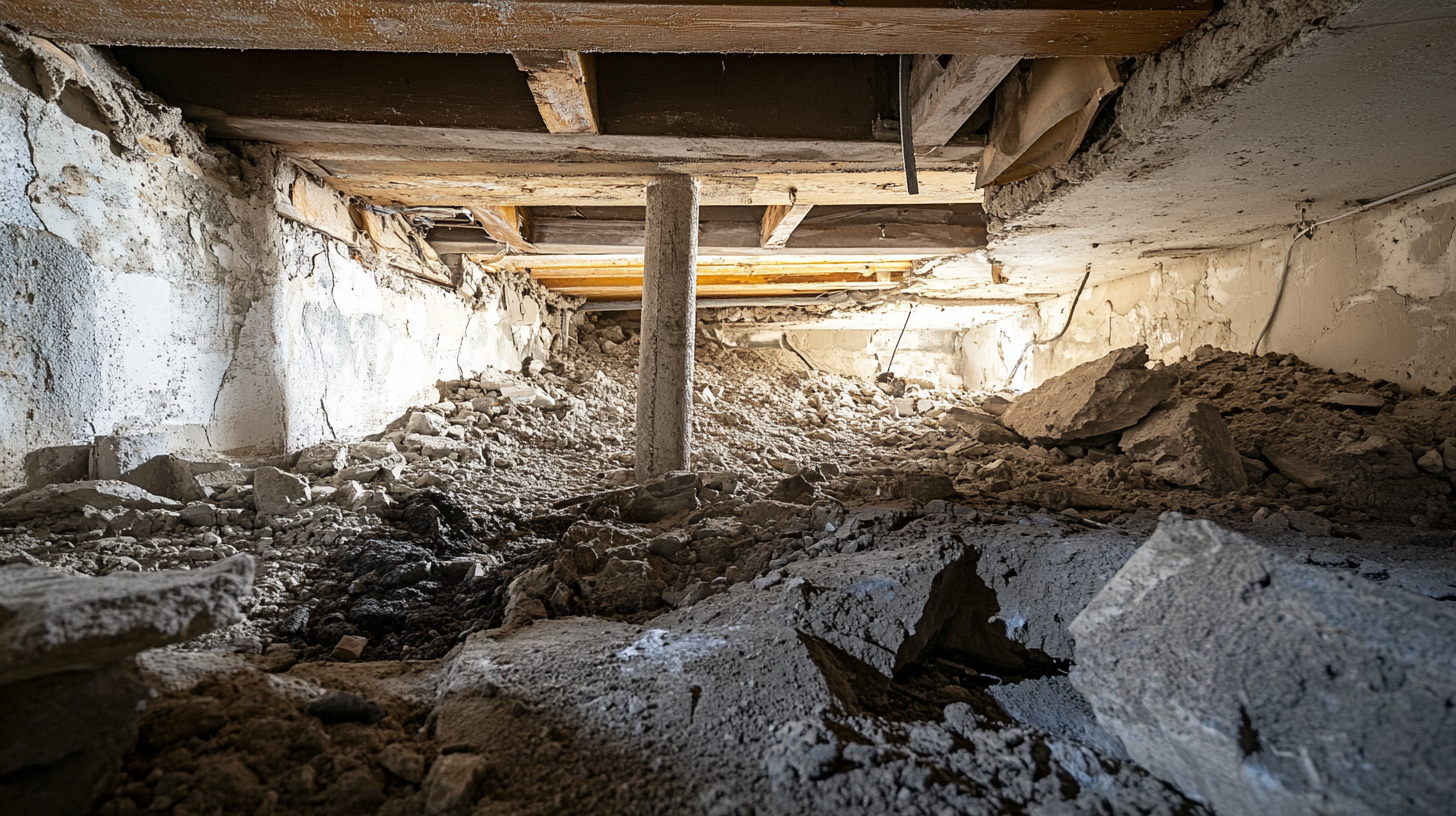
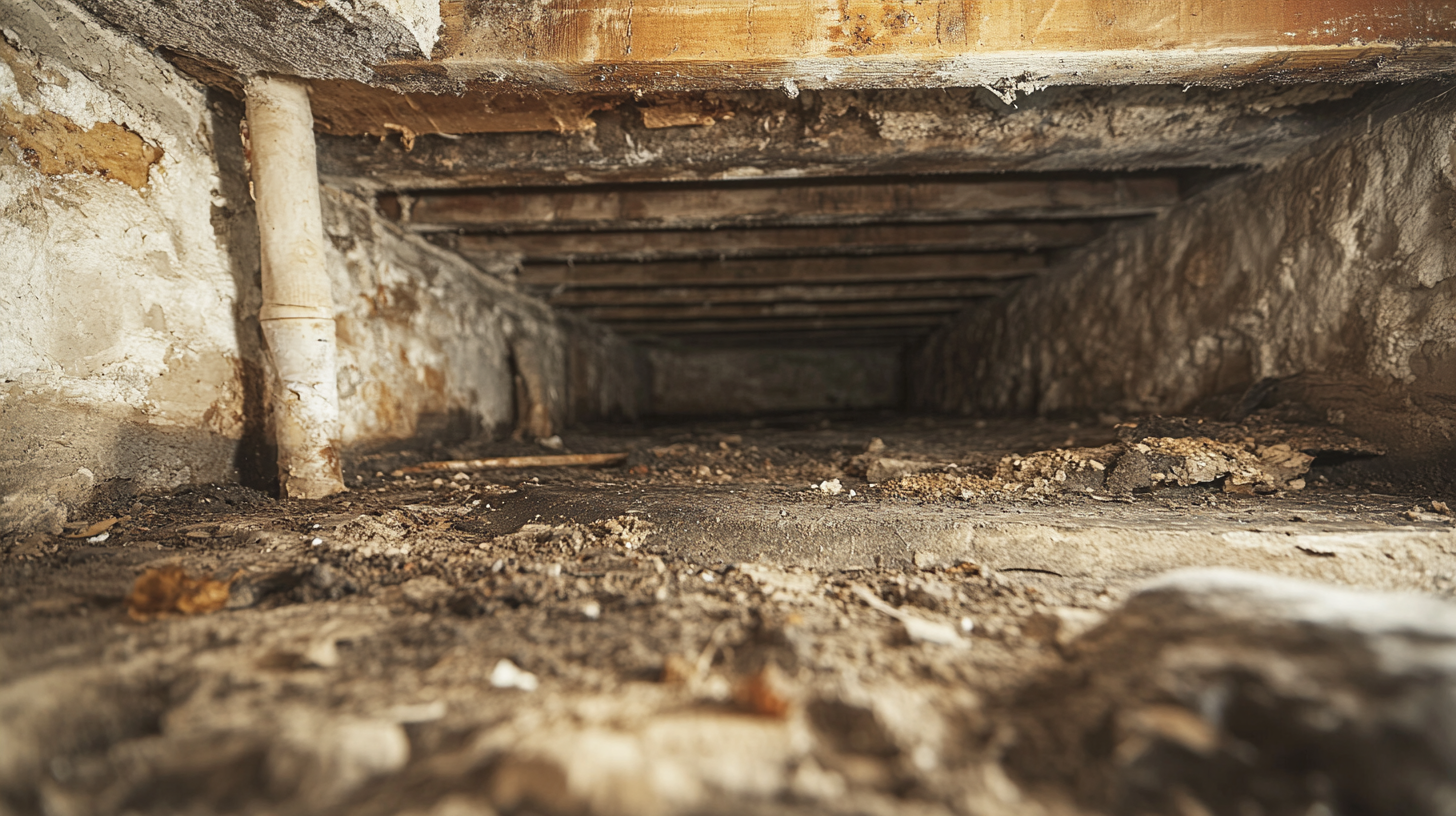
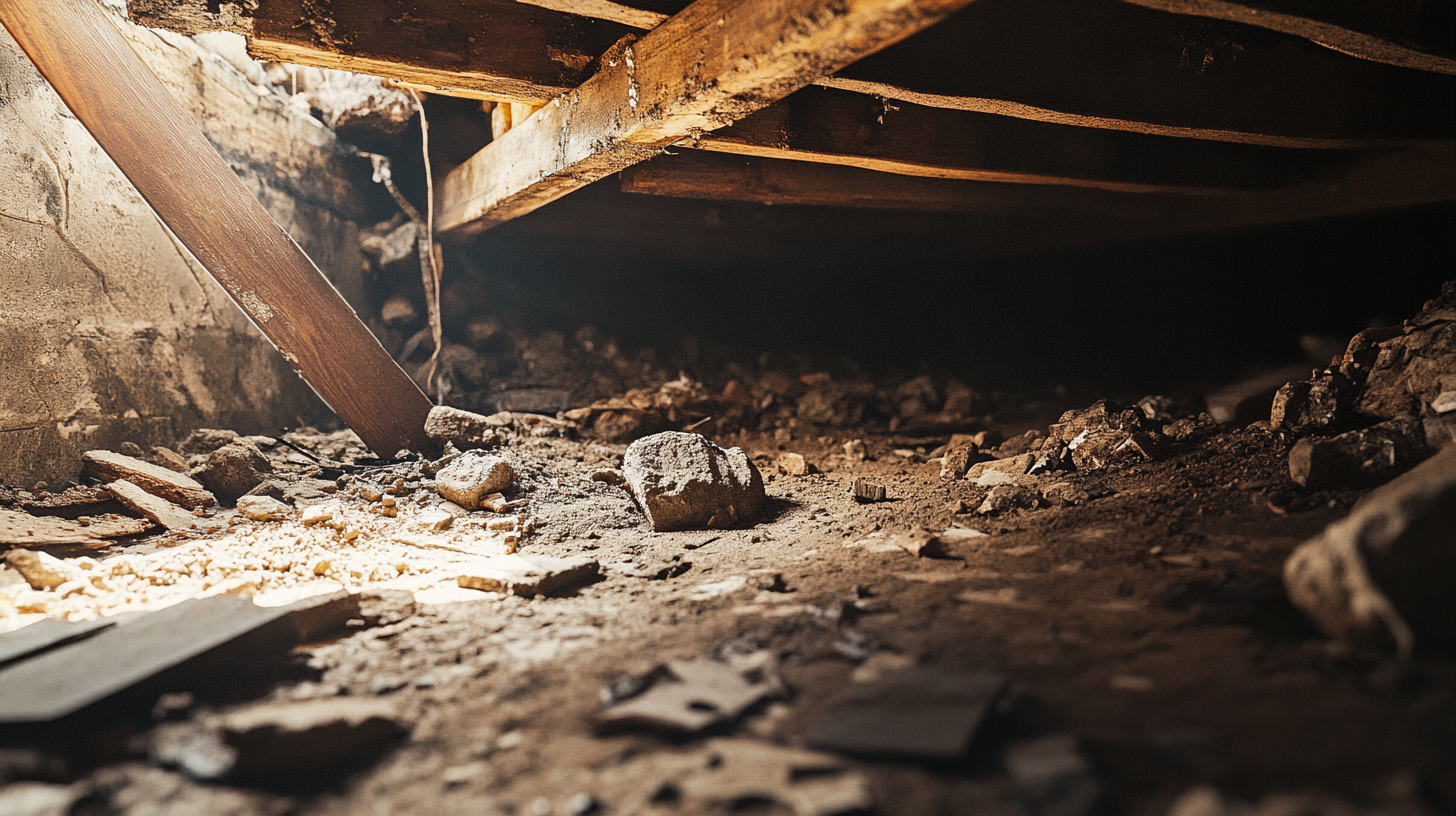
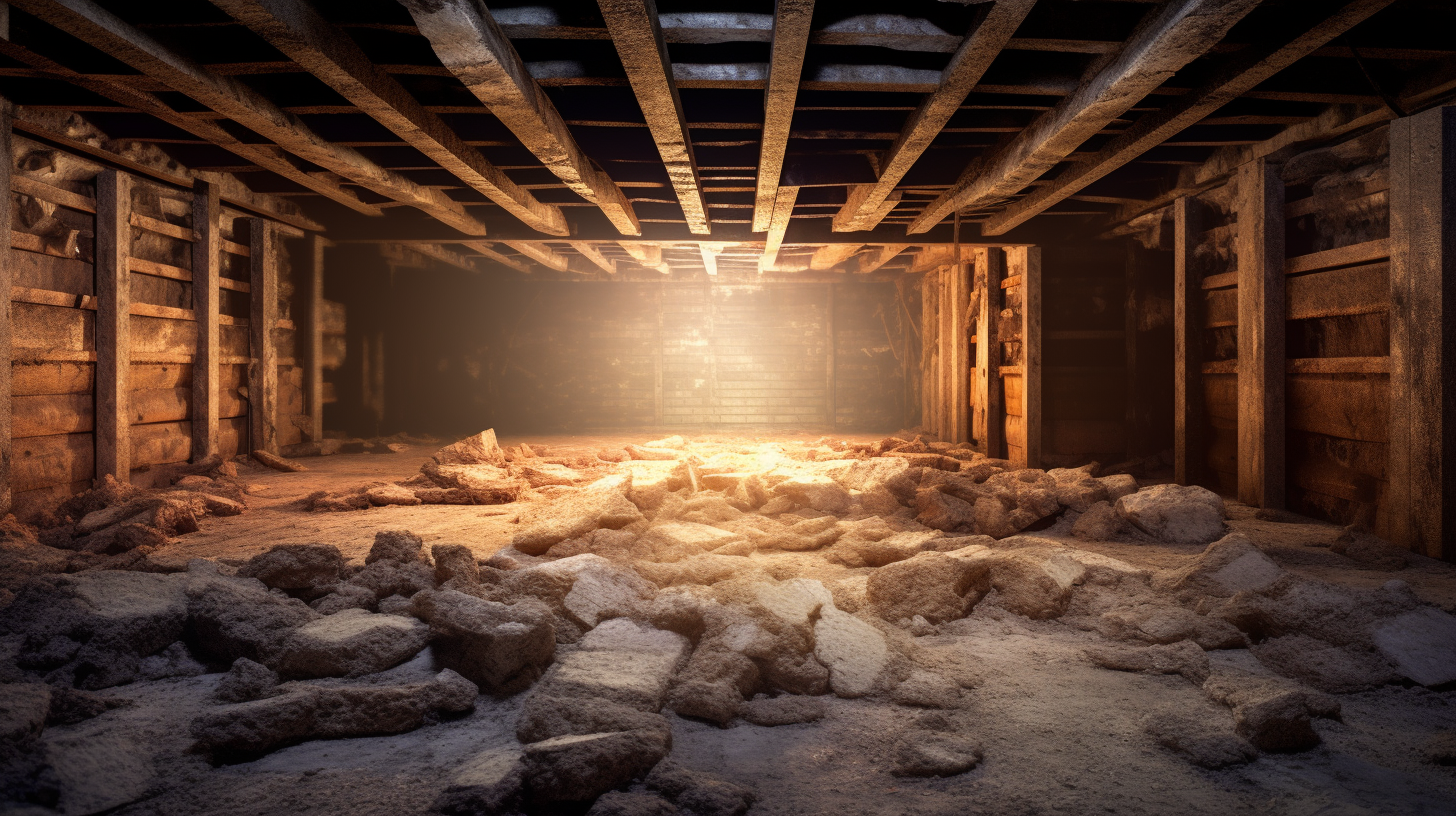
Got a Question? We’re Here to Help.
You can arrange an appointment or make an enquiry by phone or email, orget in touch to us via our contact form.


